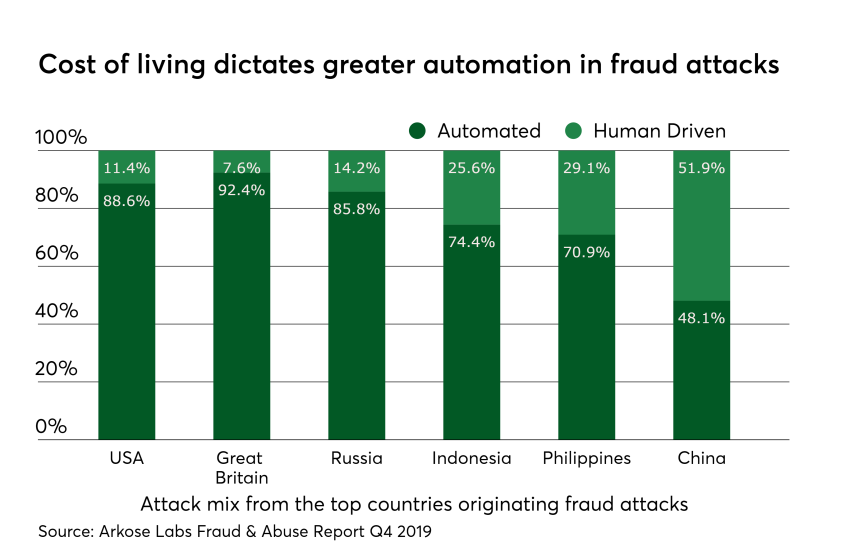Fraud attacks and their avenue of entry are generally regarded as mysteries to most of the companies that suffer from them.
The victims generally don’t know who is on the other side trying to get in and what they are going after, whether its money, privileged access to a network or information such as account numbers. It’s also an issue of determining whether the attacker is man or machine since that can influence the primary defensive strategy employed in response to an attack.
Unfortunately, the trend for data breaches is only getting worse. According to










